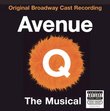| All Artists: Herbert von Karajan, Berlin Philharmonic Orchestra, Berliner Philharmoniker Title: Arnold Schoenberg: Verklarte Nacht - Transfigured Night - Variations for Orchestra Members Wishing: 1 Total Copies: 0 Label: Deutsche Grammophon Release Date: 10/25/1990 Genre: Classical Styles: Historical Periods, Modern, 20th, & 21st Century Number of Discs: 1 SwapaCD Credits: 1 UPC: 028941532626 |
Search - Herbert von Karajan, Berlin Philharmonic Orchestra, Berliner Philharmoniker :: Arnold Schoenberg: Verklarte Nacht - Transfigured Night - Variations for Orchestra
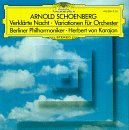 | Herbert von Karajan, Berlin Philharmonic Orchestra, Berliner Philharmoniker Arnold Schoenberg: Verklarte Nacht - Transfigured Night - Variations for Orchestra Genre: Classical |
Larger Image |
CD DetailsSimilar CDsSimilarly Requested CDs
|
CD ReviewsVERKLäRTE NACHT (1899); VARIATIONEN für ORCHESTER (1928)... Sébastien Melmoth | Hôtel d'Alsace, PARIS | 09/27/2008 (5 out of 5 stars) ".
Citing John Coombs' translation of H. H. Stuckenschmidt's original liner-notes on the 1975 LP of this issue: "Richard Dehmel as a lyric poet, and by his fusion of Nietzsche's doctrine of the superior man with [contemporaneous] socialistic ideas, made a powerful impression on German thought between 1890 and 1910. Following von Zemlinsky, Schönberg changed at that time from being a strict Brahmsian to a fervent Wagnerian. The impression of youthful eros is reflected in Verklärte Nacht, inspired by Dehmel's poetry. Like Smetana in his String Quartet "From my life," Schönberg here adopts the principles of tone painting and of programme music in a chamber work. Corresponding to Dehmel's poem, the Sextet consists of five sections, played without a break. The inexhaustibility of the thematic ideas and their variants, the chromatic harmonies and enharmonic effects derived from Wagner's Tristan, and the imaginative combinations of string timbers all go far beyond the previous traditions of chamber music. Premières in Vienna and Berlin in 1902 dazed critics with incomprehension and bewilderment. . The first performance (2 Dec. 1928) of the Orchestral Variations with Furtwängler in Berlin led to stormy disturbances among the audience present, followed by violent attacks in the (proto-)fascist press. This exquisite work is scored for large orchestra including celesta and mandoline. Its form consists of Introduction, [IX] Variations, and Finale. The theme (a twelve-note series) is presented by the solo cello. The theme is used in its three mirror versions (retrograde, inverted, and retrograde inverted), as well as in several transpositions. Towards the end of the introduction, the B-A-C-H (Bb-A-C-B) motif is inserted and later recrus twice. These are developmental variations, each expressing a particular character: the lyrical II has a chamber music character; III stormy; IV waltzlike; V as complex (consisting of many "boxes") as I; VI (andante) lyrical; VII (langsam); VIII rapid; IX mirror canon. In the finale the B-A-C-H figure recurs. The wealth of fine points of the motifs and the contranpuntal artistry which this score contains will only be fully evident after repeated hearings." . The incredible expressiveness of crystalline righteous indignation is utterly cathartic. . Surrealistic Magritte-ish cover-art perfectly correspondent with the cerebral abstract musical art contained therein. . Schoenberg, Berg, Webern: Orchestral Works / Karajan Schoenberg Berg Webern: Orchesterw Schoenberg: Verklärte Nacht, Pelleas und Melisande / Karajan, Berlin Philharmonic Orchestra ." |

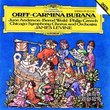

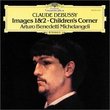
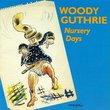
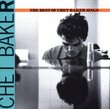
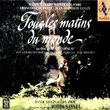
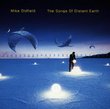
![Seussical [2000 Original Broadway Cast]](https://nationalbookswap.com/cd//m/02/4802/514802.jpg)


